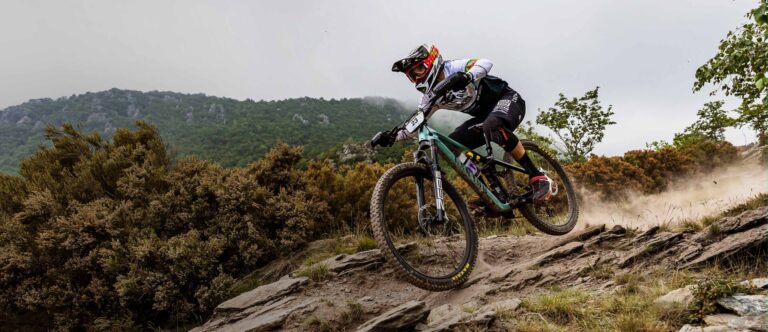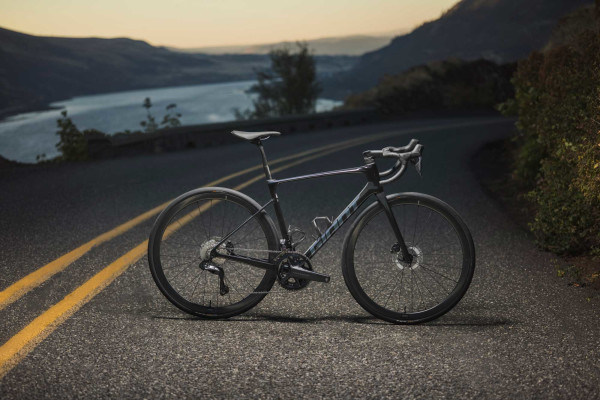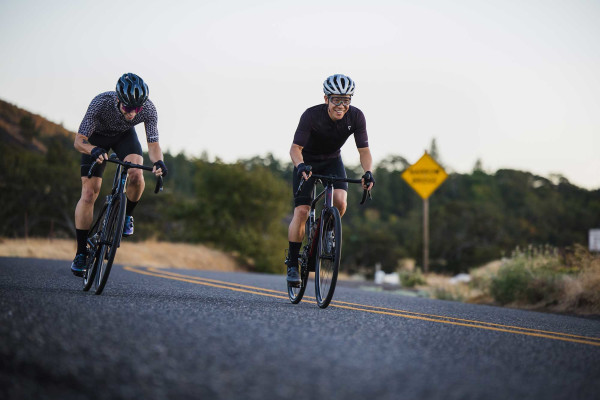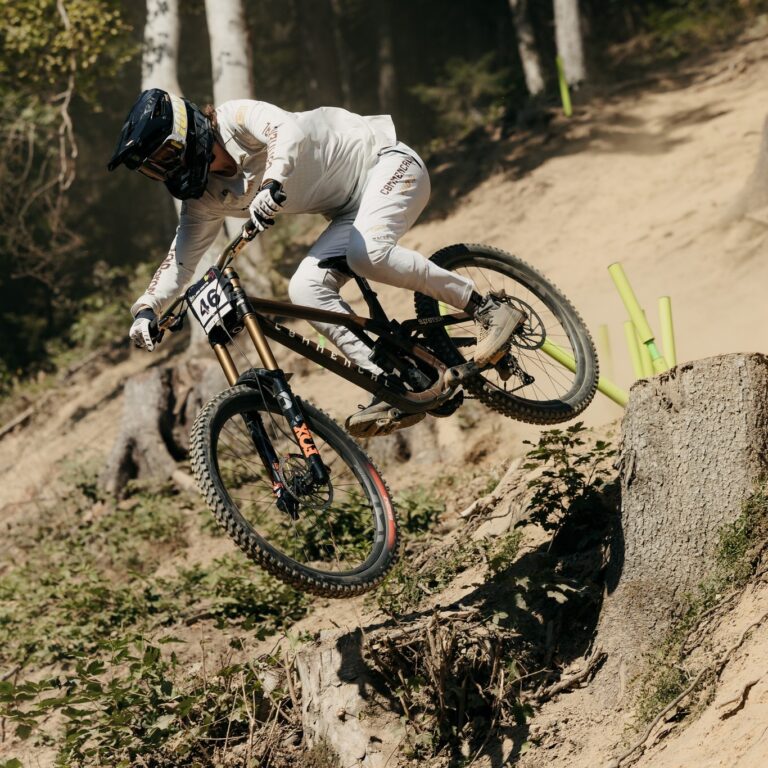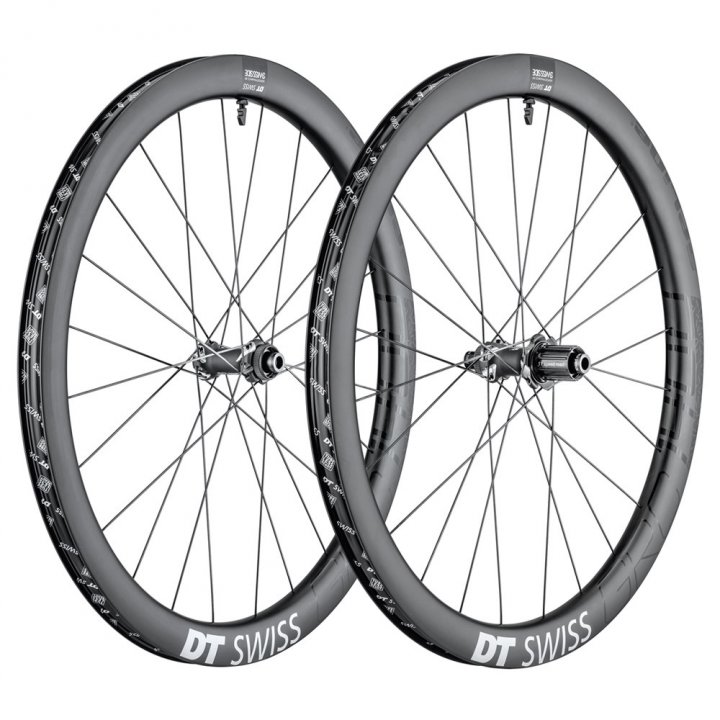Adjustable Features in Kids Bikes for Growing Children
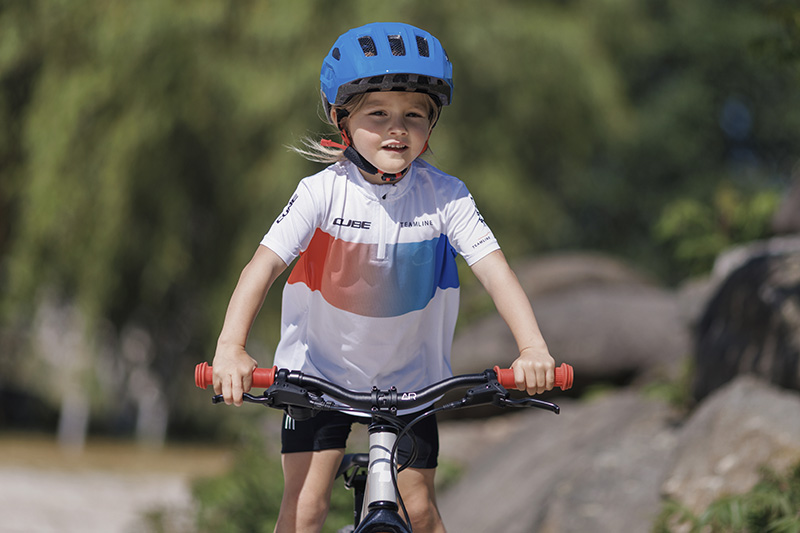
Key Point Summary of Adjustable Features in Kids Bikes for Growing Children:
- Adjustable Seat Posts and Handlebars: Allows for the bike to grow with the child, ensuring a comfortable and ergonomic ride over time.
- Convertible Balance-to-Pedal Bikes: These bikes can transition from balance bikes to pedal bikes, making them a versatile option for children learning to ride.
- Extendable Frame Technology: Some bikes feature frames that can be extended, catering to a child’s growth and extending the bike’s usability.
- Modular Component Systems: Look for bikes with easily replaceable components that can adapt to a child’s growing needs.
Navigating the world of kids’ bikes as a parent can be as challenging as choosing the right gear for a century ride. With the rapid pace at which children grow, investing in a bike that can adapt to their growth spurts is both a financially and practically wise choice. As a seasoned cyclist with extensive experience across various biking disciplines, I’ve witnessed the evolution of adjustable features in kids’ bikes designed to accommodate growing children. These innovations have significantly improved the longevity and utility of children’s bikes, ensuring they can be enjoyed for many years.
The Growing Need for Adjustable Kids’ Bikes
The concept of adjustable kids’ bikes isn’t just about getting more bang for your buck; it’s about providing a consistent and comfortable riding experience for children as they grow. The traditional approach of sizing up every few years can be both costly and disruptive, potentially hindering a child’s developing cycling skills. With adjustable features, however, a bike can be fine-tuned to fit a child’s current size, supporting a seamless progression in their riding abilities.

Adjustable Seat Posts and Handlebars
A bike that can adapt to a child’s growth starts with adjustable seat posts and handlebars. These features allow for vertical and horizontal adjustments, ensuring that the bike can be custom-fitted to the child’s size at any given stage. This adaptability not only enhances comfort but also promotes proper riding posture, which is crucial for developing cyclists.
From Balance to Pedaling: Convertible Bikes
Convertible balance-to-pedal bikes represent a significant innovation in children’s bicycles. These bikes start as balance bikes, helping children develop their sense of equilibrium and steering control without the added complexity of pedals. As the child’s confidence and skills grow, these bikes can be transformed into full-fledged pedal bikes. This adjustability not only offers a smooth transition for the child but also provides parents with a two-in-one solution that accommodates rapid growth and learning phases.
Extendable Frame Technology
Perhaps the most innovative aspect of adjustable kids’ bikes is the extendable frame technology. These bikes are designed with frames that can physically expand, lengthening the wheelbase and raising the handlebars and seat post to accommodate a child’s growth. This feature ensures that the bike remains proportionally comfortable and safe to ride, even as a child grows significantly in height.
Modular Component Systems
The flexibility of replacing or upgrading specific components of a bike, such as cranks, pedals, and even wheels, can further extend its usefulness and adjustability. Modular component systems allow for targeted adjustments and replacements, which can be particularly useful for adapting a bike to suit a child’s evolving riding style and preferences. This system not only enhances the longevity of the bike but also allows for a degree of customization that can keep the bike exciting and suitable for the child over time.

Adjustable Features in Kids Bikes for Growing Children: Final Wrap
The landscape of kids’ bikes has evolved significantly, with adjustable features now at the forefront of design considerations. These innovations—adjustable seat posts and handlebars, convertible balance-to-pedal mechanisms, extendable frames, and modular component systems—represent a leap forward in accommodating the rapid growth and changing needs of young riders. By choosing a bike with these adjustable features, parents can provide their children with a ride that grows with them, ensuring a comfortable, safe, and enjoyable cycling experience through various stages of their development. As the cycling industry continues to innovate, it’s clear that the future of kids’ biking is not just about riding; it’s about growing.
Given the constraints on specifying current models directly and the evolving nature of product lines, let’s discuss a model that has been well-regarded in the past and exemplifies the principles of adjustability and quality in kids’ bikes: the woom 3.

The woom 3 is designed for children aged around 4 to 6 years old, making it an ideal bike for kids transitioning from a balance bike to their first pedal bike. What sets the woom 3 apart are its lightweight aluminum frame and components, designed specifically to suit the ergonomics of young riders. The bike features an adjustable seat post and handlebars, allowing for fine-tuning the fit as your child grows. Additionally, the woom 3 comes equipped with high-quality, child-friendly brake levers, ensuring that young riders can easily and safely stop. Its geometry is tailored to provide a comfortable, upright riding position, encouraging learners to develop confidence and a love for cycling.

The woom 3, like other bikes in the woom lineup, emphasizes ease of handling and maneuverability, which are crucial for children who are still mastering their biking skills. It also offers a unique color-coded braking system to help kids distinguish between the right (rear brake) and left (front brake) levers, promoting safer braking habits.

FAQ
What is the best bike for older kids to learn to ride?
The best bike for older kids to learn to ride is typically a lightweight model with an appropriate size and a focus on balance, such as a pedal bike with adjustable features or a convertible balance bike that can transition into a pedal bike, like the woom 4 or the Islabikes Beinn series, which cater to older children with their design and adjustability.
How do you tell if your child has outgrown their bike?
You can tell if your child has outgrown their bike if they appear cramped on the bike, with knees or elbows awkwardly bent, if the seat is at its maximum height and still too low, or if they complain about discomfort while riding. Also, if their feet flat on the ground while sitting on the saddle, it’s too small.
What bike grows with your child?
A bike that grows with your child includes models with adjustable seat posts, handlebars, and sometimes even adjustable or extendable frames. Brands like woom, Islabikes, and Frog Bikes offer models designed to accommodate growth, ensuring the bike can be adjusted for a custom fit over several years.
How does a bicycle move for kids?
A bicycle moves when a child pedals, converting their leg movement into motion via the bike’s drivetrain, which turns the wheels. Balance and steering control are essential, as the rider needs to maintain stability and direct the bike’s path while pedaling. For very young children, balance bikes allow them to focus on steering and balancing before introducing pedaling.
Happy safe riding!
John
